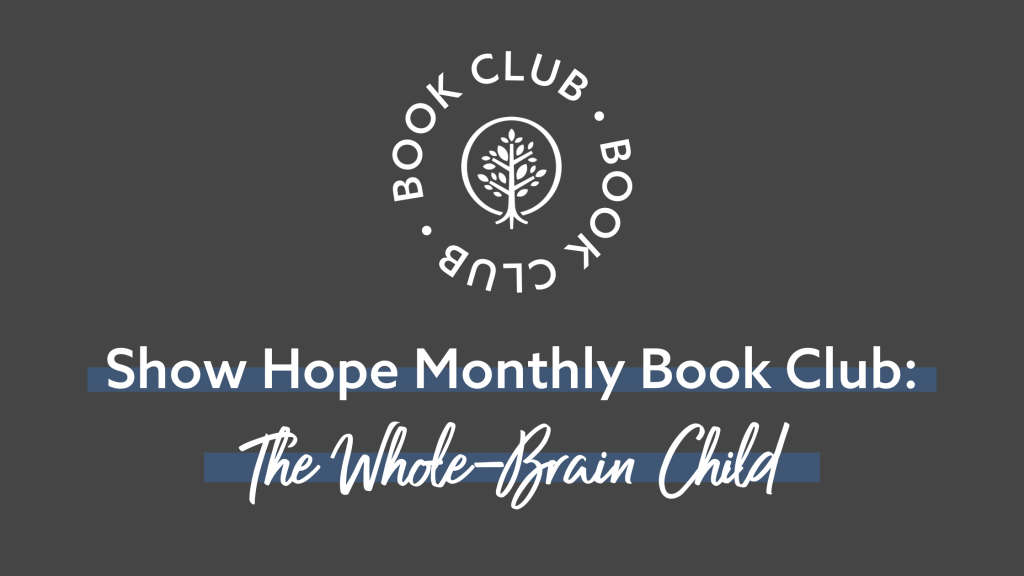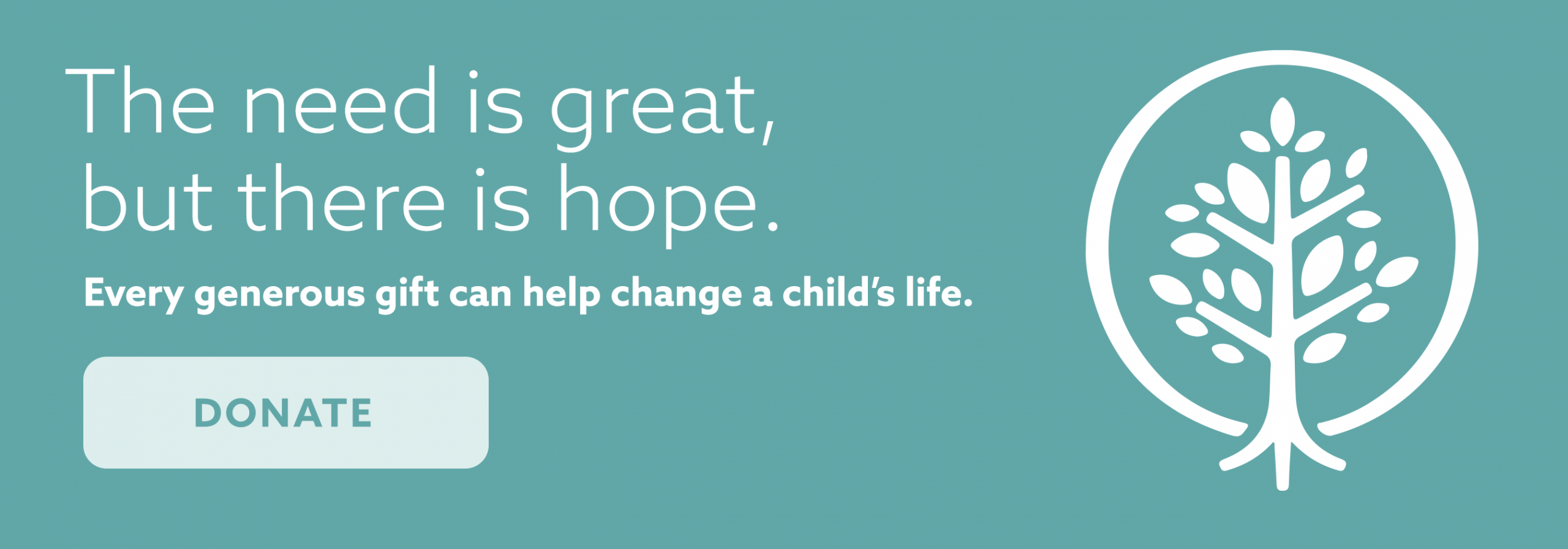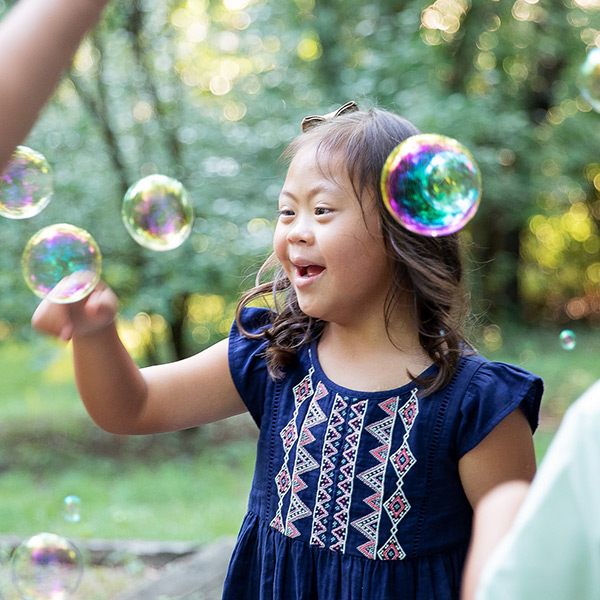Show Hope Book Club: The Whole-Brain Child

The Whole-Brain Child
“The Whole-Brain Child” really helped me understand the complexities of development,” Show Hope Director of Communications Nathan Magness said. “I am not a ‘science’ person, per se, so I really appreciated the authors’ approach in crafting the content in such an accessible and practical way. God’s intricate design of his creation is so beautiful and fascinating.”
Chapter 1: Parenting With the Brain in Mind
- The author explains that experiences shape our brain, from childhood until old age. Think about your history. Can you identify any experiences that may have “wired-and-rewired” your brain?
- Think about the “river of well-being” image described on page 11. How can this imagery help you understand your child or even yourself?
Chapter 2: Two Brains Are Better Than One
- Can you think of a time when you felt as if you were being manipulated by your child? How did you react? How could you do things differently now, thinking about “surfing emotional waves?”
Chapter 3: Building the Staircase of the Mind
- How does thinking about your child’s upstairs brain as a work in progress help you understand their behaviors?
- Think of an example of when your child may have experienced an “upstairs tantrum” and a “downstairs tantrum.” What triggered each of them? How did they look differently?
Chapter 4: Kill the Butterflies!
- Brainstorm a few ways that you can promote memory integration in your family rhythms.
- Think about a recent outburst that happened in your home through the “HALT” lens. How does the outburst seem different now?
Chapter 5: The United States of Me
- Take some time to create your own “Wheel of Awareness” as described on pages 93-97, and discuss with your spouse or trusted friend.
- Look at the SIFT strategy on page 105. What sensations, images, feelings, and thoughts are you experiencing right now?
Chapter 6: The Me-We Connection
- Discuss the following quote: “What happens between brains has a great deal to do with what happens within each individual brain.” (pg 122)
- Try the “yes and no” exercise found on page 129. How did the “nos” make you feel? What about the “yesses”?


